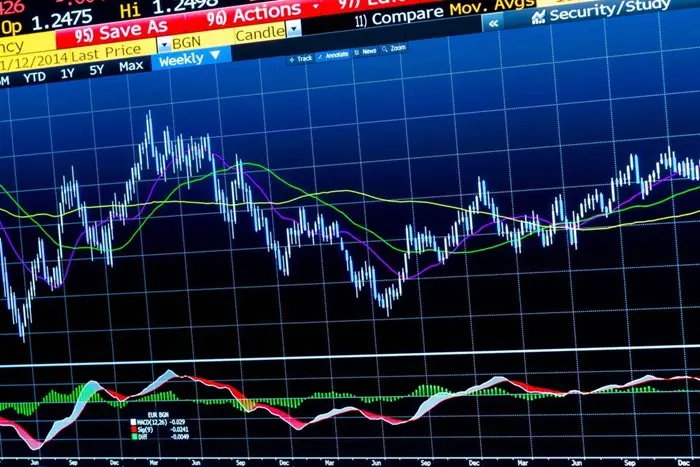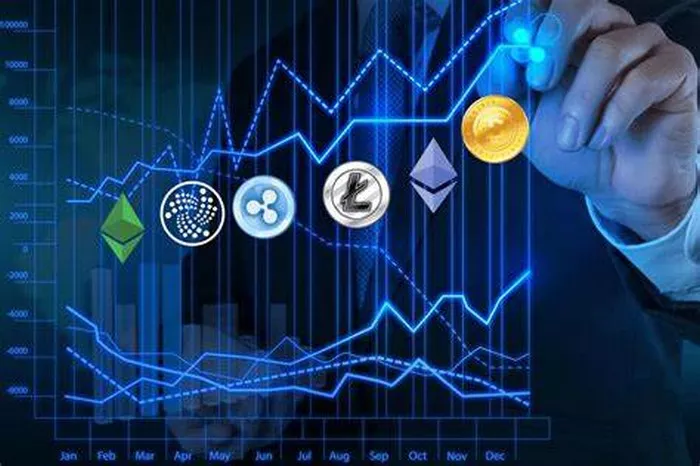The solar energy sector has long been seen as one of the most promising areas for sustainable growth. In recent years, there has been a surge in investments and innovations within the solar energy industry, driven by increasing concerns about climate change, government incentives, and a general global push towards green energy. Despite this, solar stocks have recently experienced a decline, which has left many investors wondering why such a promising sector is seeing such negative market performance.
In this article, we will explore the factors that have contributed to the downturn in solar stocks, analyzing both macroeconomic and industry-specific challenges. We will also take a closer look at the broader context of the energy market and explain why the decline in solar stocks may not necessarily be indicative of the long-term potential of the solar industry. By the end of this article, you will have a better understanding of the key factors behind the current struggles of solar stocks and what investors can consider moving forward.
Overview of the Solar Industry
The solar energy industry encompasses a broad range of companies involved in the production, installation, and maintenance of solar power systems. These companies range from manufacturers of solar panels and components to solar project developers and energy service providers. Solar power is seen as one of the most promising renewable energy sources due to its ability to provide a clean, sustainable alternative to fossil fuels.
Over the past decade, solar energy has become increasingly competitive with traditional energy sources. Thanks to advances in technology, the cost of producing solar power has decreased significantly, making it more accessible to consumers and businesses alike. In addition, many governments around the world have introduced policies and incentives to encourage the adoption of renewable energy.
As a result, the solar energy market has seen impressive growth. However, despite these positive developments, solar stocks have faced significant challenges in recent times, leading to a decline in their overall performance.
The Decline in Solar Stocks: Key Factors
There are several factors that have contributed to the decline in solar stocks, some of which are related to broader market conditions, while others are specific to the solar industry. Below are the key reasons why solar stocks have been down recently:
1. Supply Chain Issues
The global supply chain has been under significant strain in recent years, and the solar industry has not been immune to these challenges. The COVID-19 pandemic caused widespread disruptions to manufacturing and logistics, which led to delays in the production and delivery of solar panels and related components. While the global economy has been recovering, supply chain issues persist in many industries, including the solar sector.
One of the key components of solar panel production, such as silicon, has seen price increases due to supply shortages. Solar manufacturers have also faced difficulties in securing the necessary raw materials and parts for panel assembly. As a result, many solar companies have been forced to either delay their projects or increase prices, both of which can negatively impact their profitability and stock prices.
These supply chain disruptions have not only affected solar stocks but have also led to an overall increase in production costs for solar projects. This, in turn, has reduced margins for solar companies and created uncertainty about the future profitability of the sector.
2. Rising Material Costs
Another factor contributing to the decline in solar stocks is the rising cost of raw materials, particularly metals and semiconductors, which are crucial for the production of solar panels. Solar panels require materials such as silver, copper, and aluminum, and the prices of these commodities have risen due to supply shortages and increased global demand.
For instance, the price of silicon, which is used in the production of solar cells, has been increasing due to both supply constraints and higher demand for the material in the electronics industry. Additionally, the ongoing global semiconductor shortage has made it more difficult for solar manufacturers to secure the components they need to produce solar panels at scale.
As the cost of these raw materials rises, it becomes more expensive for solar companies to produce panels and other components. These increased costs are often passed on to consumers, which can reduce demand for solar products and negatively impact the stock prices of solar companies.
3. Policy and Regulatory Uncertainty
The solar industry has historically benefitted from government subsidies and incentives designed to encourage the adoption of renewable energy. These policies have played a significant role in driving growth in the solar sector. However, recent changes in government policy and regulatory uncertainty have created challenges for the industry.
In certain countries, there have been concerns about the future of renewable energy incentives. For example, the U.S. government has periodically debated the future of tax credits for solar installations, and there have been changes to trade policies that have impacted the pricing of solar panels imported from abroad. Similarly, in China, the world’s largest producer of solar panels, the government has altered subsidies and support for solar energy projects, which has created uncertainty about the future of the industry.
As a result, some investors may have become more cautious about the future of the solar industry, leading to declines in solar stock prices. Regulatory changes, especially those that affect subsidies or tariffs, can have a significant impact on the financial viability of solar projects and the profitability of solar companies.
4. Interest Rate Increases
Interest rate hikes, particularly in major economies such as the United States, can have a significant impact on solar stocks. Rising interest rates make borrowing more expensive for companies, including those in the solar sector. Many solar projects are capital-intensive and require significant upfront investment. When interest rates rise, it increases the cost of financing these projects, which can delay or reduce the number of solar installations.
Higher interest rates also tend to make other investments, such as bonds, more attractive to investors. As a result, some investors may shift their capital away from growth sectors like solar energy and into more stable, income-generating investments. This shift in investor sentiment can further drive down solar stock prices.
The tightening of monetary policy by central banks around the world, which is aimed at controlling inflation, can therefore pose a significant challenge for solar companies that rely on access to cheap capital to fund their growth.
5. Global Economic Slowdown
The broader economic environment also plays a crucial role in the performance of solar stocks. A global economic slowdown or recession can reduce demand for solar energy and create financial challenges for companies in the sector. During periods of economic uncertainty, businesses and consumers may be less willing to invest in solar projects, especially if they face financial constraints.
Additionally, the solar industry relies heavily on investment from governments, corporations, and consumers. During an economic slowdown, these stakeholders may be less likely to invest in renewable energy projects. As a result, demand for solar products can decrease, leading to lower revenues and declining stock prices for solar companies.
6. Market Volatility and Speculation
Like many other growth sectors, the solar industry has also been subject to market volatility and speculation. In recent years, there has been an influx of retail investors and institutional investors into the solar sector, driven by optimism about the future of renewable energy. This influx of capital has led to inflated valuations for many solar stocks.
When the broader market experiences volatility or a correction, speculative stocks, such as those in the solar sector, are often hit hardest. Solar stocks may have been overvalued due to high expectations for growth, and when these expectations are not met or when investors become more cautious, prices can fall sharply.
The volatility of solar stocks is also linked to the fact that many investors in the sector are looking for quick returns rather than long-term stability. This speculative behavior can create significant price swings, which may cause short-term declines in stock prices.
7. Increased Competition
The solar industry has seen significant innovation in recent years, which has led to the rise of new players and increased competition. While increased competition is generally good for the industry as a whole, it can put pressure on individual companies’ margins and profitability. New companies may bring more efficient technologies to market, but they can also drive down prices and intensify competition, particularly in the solar panel manufacturing sector.
Increased competition, especially from low-cost manufacturers in emerging markets, has made it more difficult for established solar companies to maintain their market share. This increased competition can negatively impact profit margins and lead to declining stock prices.
Conclusion
While solar stocks have been down recently, the long-term potential of the solar energy industry remains strong. The decline in solar stocks can be attributed to a range of factors, including supply chain issues, rising material costs, policy and regulatory uncertainty, interest rate increases, global economic slowdown, market volatility, and increased competition.
These factors have created challenges for solar companies and led to a decrease in stock prices, but they are not necessarily indicative of a fundamental decline in the solar industry. As the world continues to transition to renewable energy and governments work to reduce carbon emissions, the solar sector is likely to experience growth in the coming years.
For investors, the downturn in solar stocks may present an opportunity to purchase shares at a lower price, but it is essential to understand the broader market dynamics and the potential risks involved. As always, a well-diversified investment strategy that takes into account both the short-term challenges and long-term opportunities in the solar industry is key to navigating these uncertain times.





























